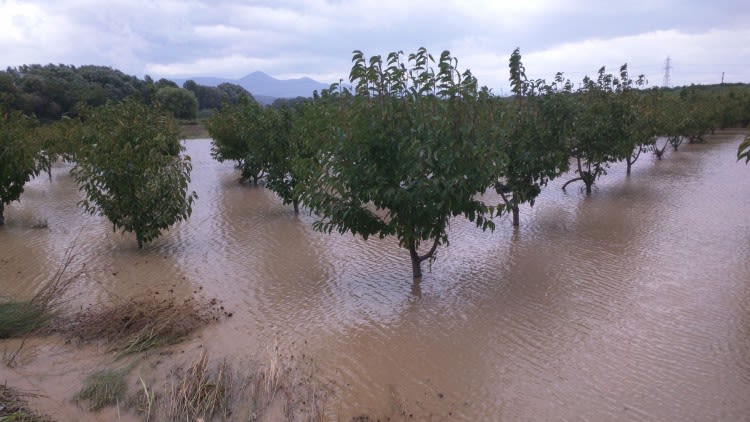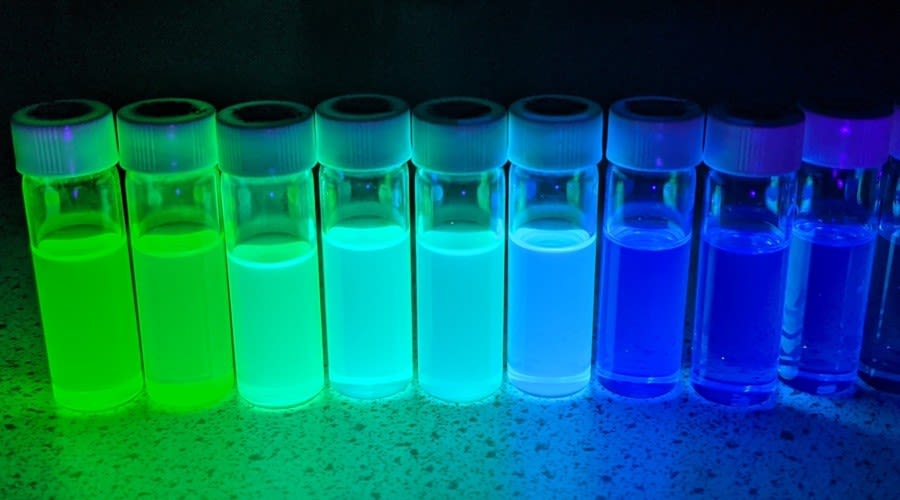Research in Focus
Physical infrastructure research contributing to improved resilience and security
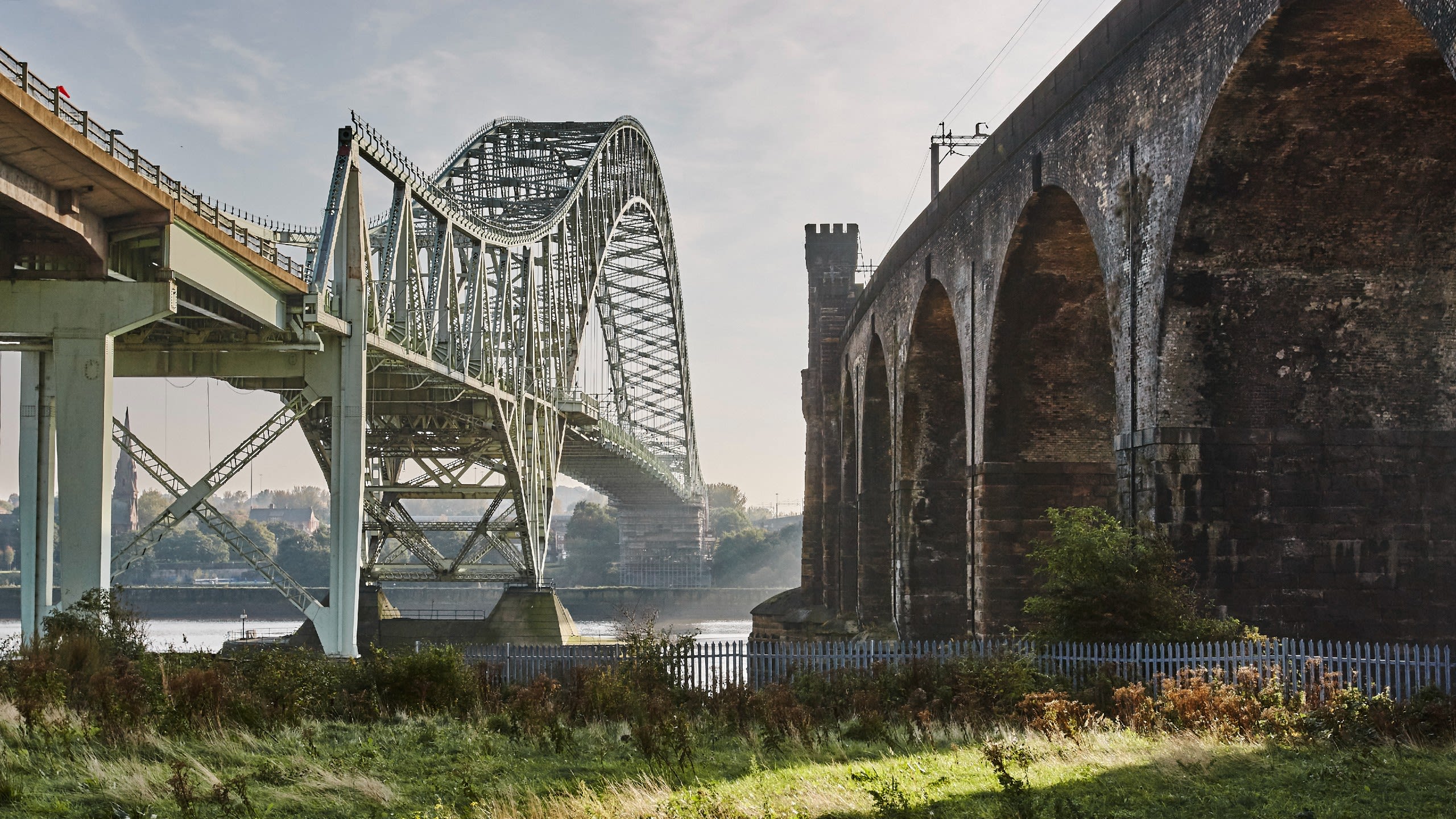
Physical infrastructure
In today’s environmental crisis, maintaining and improving our built environment is a bigger challenge than ever before. Our civil and mechanical engineers are working to build sustainability and resilience into the vital infrastructure that surrounds us.
Why bridges fail
With 30,000 bridges on the UK rail network, many dating from the late 1800s, monitoring damage and predicting end of life is an expensive and challenging business. Researchers in our Department of Civil and Environmental Engineering are working on some innovative physical and virtual solutions.
Finding the clues in legacy bridges
The majority of metallic railway bridges in the UK – approximately 10,000 in total – are already over 100 years old and therefore potentially approaching the end of their life.
Replacing these bridges will not only be extremely expensive but also practically impossible unless phased-in over many decades. Identifying the likelihood of a bridge’s failure, therefore, will be vital in order to make effective use of limited resources while avoiding unnecessary disruption of the network.
A current project with Network Rail and Mott MacDonald has involved bringing an entire bridge onto Manor Park campus for a deep analysis in order to better understand fatigue and corrosion of different materials and assembly methods. The decommissioned bridge, originally located south of Glastonbury and believed to date from around 1870, has been dismantled and separate pieces brought into the lab for testing.
Understanding fatigue in these bridges, constructed in the late 19th and early 20th centuries, is particularly challenging because they are not built to a standard design.
Dr Boulent Imam is leading the project. He says: “These bridges are made from materials which are no longer used for bridges such as wrought iron. They are also ageing differently depending on factors such as their location. Those close to a coastline have been very badly affected by the saltiness and humidity. Others near ports have experienced heavy loads in the past.
“Physical testing is indispensable in understanding the condition of these bridges. The holy grail – and what we are aiming to achieve eventually through modelling and analysing monitoring data – is to create a ‘digital twin’ of the infrastructure. This means we would have on the computer every different type of bridge in its current condition which we could then virtually subject to stress and load analysis.”
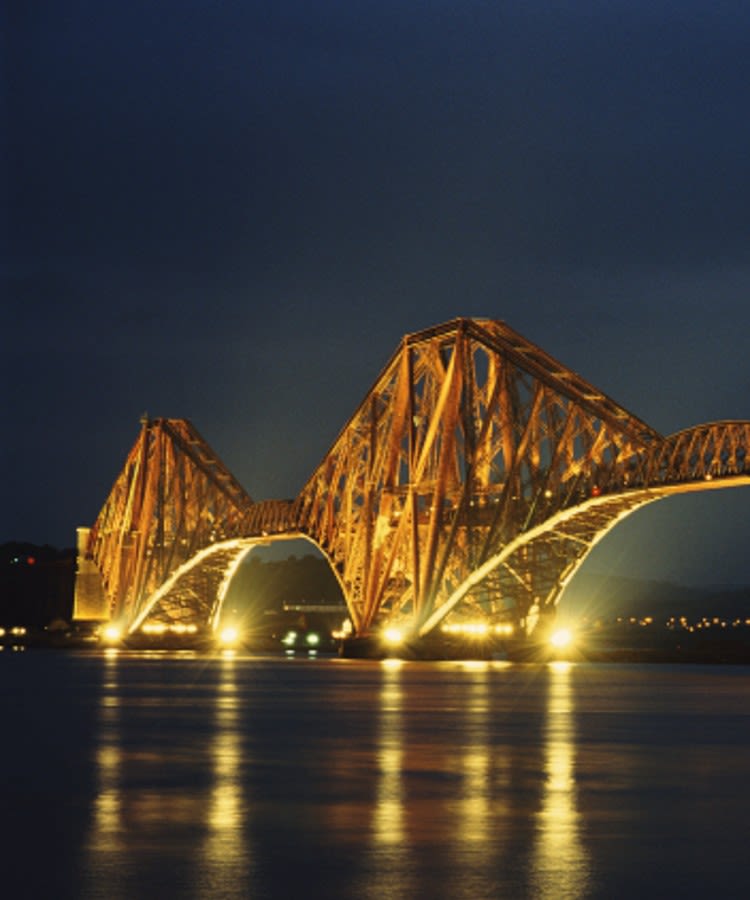
The UK rail network has 30,000 bridges. Photo: Getty Images
The UK rail network has 30,000 bridges. Photo: Getty Images
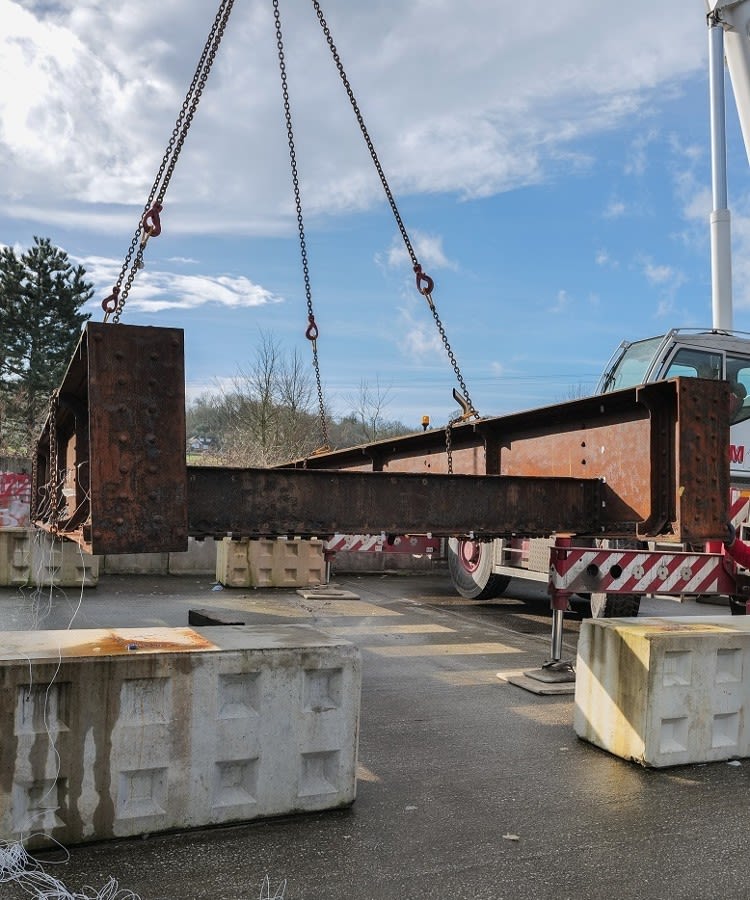
A decommissioned bridge was brought to campus to improve understanding of fatigue, corrosion and assembly methods
A decommissioned bridge was brought to campus to improve understanding of fatigue, corrosion and assembly methods
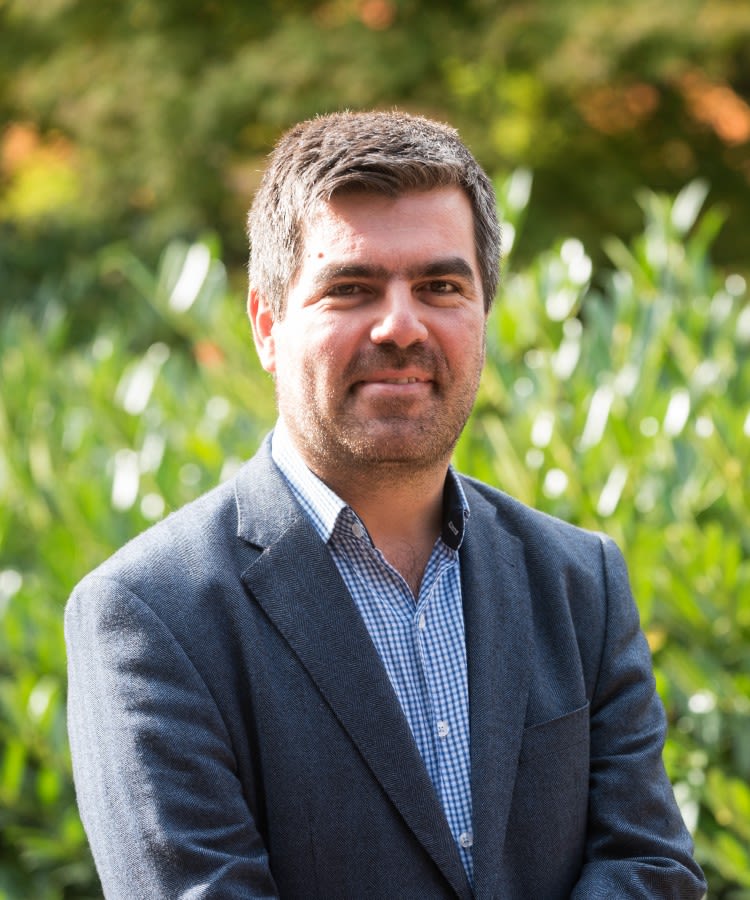
Dr Boulent Imam is leading the project
Dr Boulent Imam is leading the project
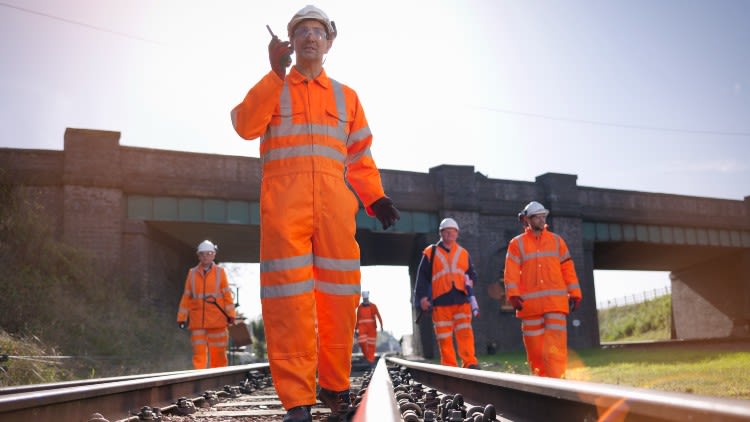
Visual bridge inspections can be inconsistent with different inspectors providing differing opinions on the condition of infrastructure. Photo: Getty Images
Visual bridge inspections can be inconsistent with different inspectors providing differing opinions on the condition of infrastructure. Photo: Getty Images

Dr Donya Hajializadeh is a Senior Lecturer in Bridge/Structural Engineering
Dr Donya Hajializadeh is a Senior Lecturer in Bridge/Structural Engineering
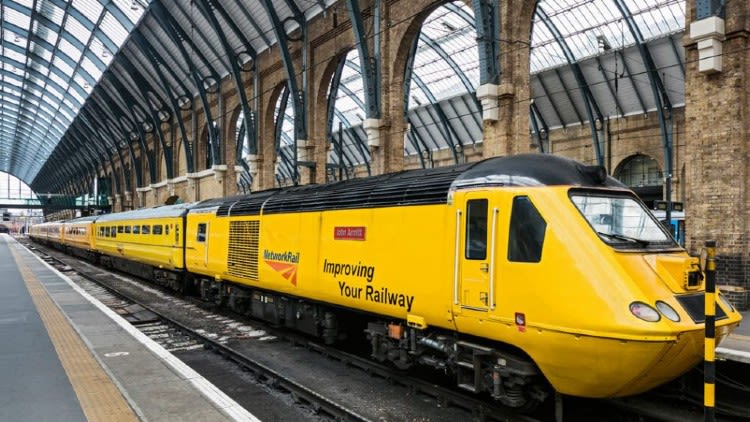
The research uses data from Network Rail’s ‘measurement trains’ – a fleet fitted with sensors, which routinely monitor tracks – to identify damage on bridges. Photo: Network Rail
The research uses data from Network Rail’s ‘measurement trains’ – a fleet fitted with sensors, which routinely monitor tracks – to identify damage on bridges. Photo: Network Rail
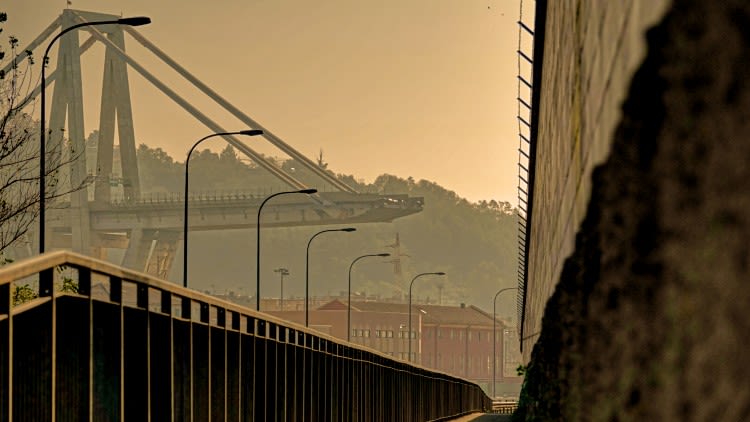
The collapse of Ponte Morandi in Italy – which cost several people their lives – demonstrated the importance of detecting, monitoring and assessing the impact of hidden defects. Photo: Getty Images
The collapse of Ponte Morandi in Italy – which cost several people their lives – demonstrated the importance of detecting, monitoring and assessing the impact of hidden defects. Photo: Getty Images
Automating damage detection
Bridges cost millions of pounds to build and are extremely expensive to repair, so the ability to effectively inspect them for signs of damage and ageing could save money as well as improving safety. This is why civil engineering researchers at Surrey are working with Network Rail on a new system of automated damage detection.
“In addition to cost and health and safety risks of having workforces on job sites, the visual inspection can be inconsistent with different inspectors providing differing opinions on the condition of infrastructure,” explains Dr Donya Hajializadeh, Senior Lecturer in Bridge/Structural Engineering, “added to which, the majority of defects aren’t visible.”
The solution Dr Hajializadeh is working on involves using measurements from Network Rail’s ‘measurement trains’ – a fleet fitted with sensors, which routinely monitor tracks – to identify damage on bridges. The aim is to use vibration measurements and map these against environmental and other factors to build a data-driven system which can detect and localise damage.
Dr Hajializadeh and her colleagues have already demonstrated this concept in a scaled proof-of-concept project funded by Transport Research and Innovation Grant (TRIG) 2021 programme.
She says: “When Ponte Morandi in Italy failed a few years ago – costing several people their lives – it demonstrated the importance of detecting, monitoring and assessing the impact of hidden defects.
“In this case, whilst the accessible and visible parts of the structure were being monitored, these weren’t translated into the remaining life of the bridge. We need to change the current practice by profiling how bridges age over time, as visual inspections often fall short in providing a reliable evaluation of the state of bridge.”
Softening the blow
Pedestrians or cyclists hitting drivers’ windscreens accounts for up to 51 per cent of head injuries, but what if windscreens could become flexible during accidents? Dr Iman Mohagheghian is working on making this happen.
In the UK, 50 per cent of all fatalities and 59 per cent of serious casualties are caused not by collisions between cars but when pedestrians or cyclists are caught in traffic accidents.
Dr Mohagheghian of Surrey’s School of Mechanical Engineering Sciences is a specialist in the mechanics of materials, and takes inspiration from natural organisms and structures to develop flexible, lightweight materials with multi-functionality.
Recently, he has turned his attention to car windscreens. He explains: “While a driver is protected from contact with the windscreen by airbags, a pedestrian’s head will hit the windscreen hard, typically with the legs hitting the bumpers and the body rotating towards the windscreen.”
Some car manufacturers have begun to address this problem: Volvo has developed external airbags which pop up from the bonnet. However this brings its own danger in terms of visibility, especially if the airbags are deployed accidentally.
Instead, Dr Mohagheghian is focused on creating a windscreen that offers variable stiffness, and has developed a novel electrically-conducted metallic mesh which can be embedded within the laminated glass.
“The idea is that when the car’s impact sensors predict an impact, a specific area of the windscreen is softened, caused by rapid heat being deployed in the polymer layer where the metallic mesh is located. However in normal conditions, the windscreen remains hard, providing protection to the driver and passengers,” explains Dr Mohagheghian.
His team has demonstrated the feasibility of this concept in a collaborative project with NSG Group, one of the world’s leading windscreen manufacturers, and hopes to commercialise it within the next five years. They are also looking at other sectors where this ability of a material to deform on demand in certain conditions could be useful.
Dr Mohagheghian says: “Soft robotics is one area of research – for example a robotic hand grasping an apple needs to be rigid up to a certain point, but soft when it interacts with the apple. As robots increasingly interact with humans, this will become really important to avoid hard impact with soft human tissues.
“We’re also working on developing a multi-functional floor application for the elderly which can soften to reduce the possibilities of fractures as well as sending an alarm when a fall has occurred.”
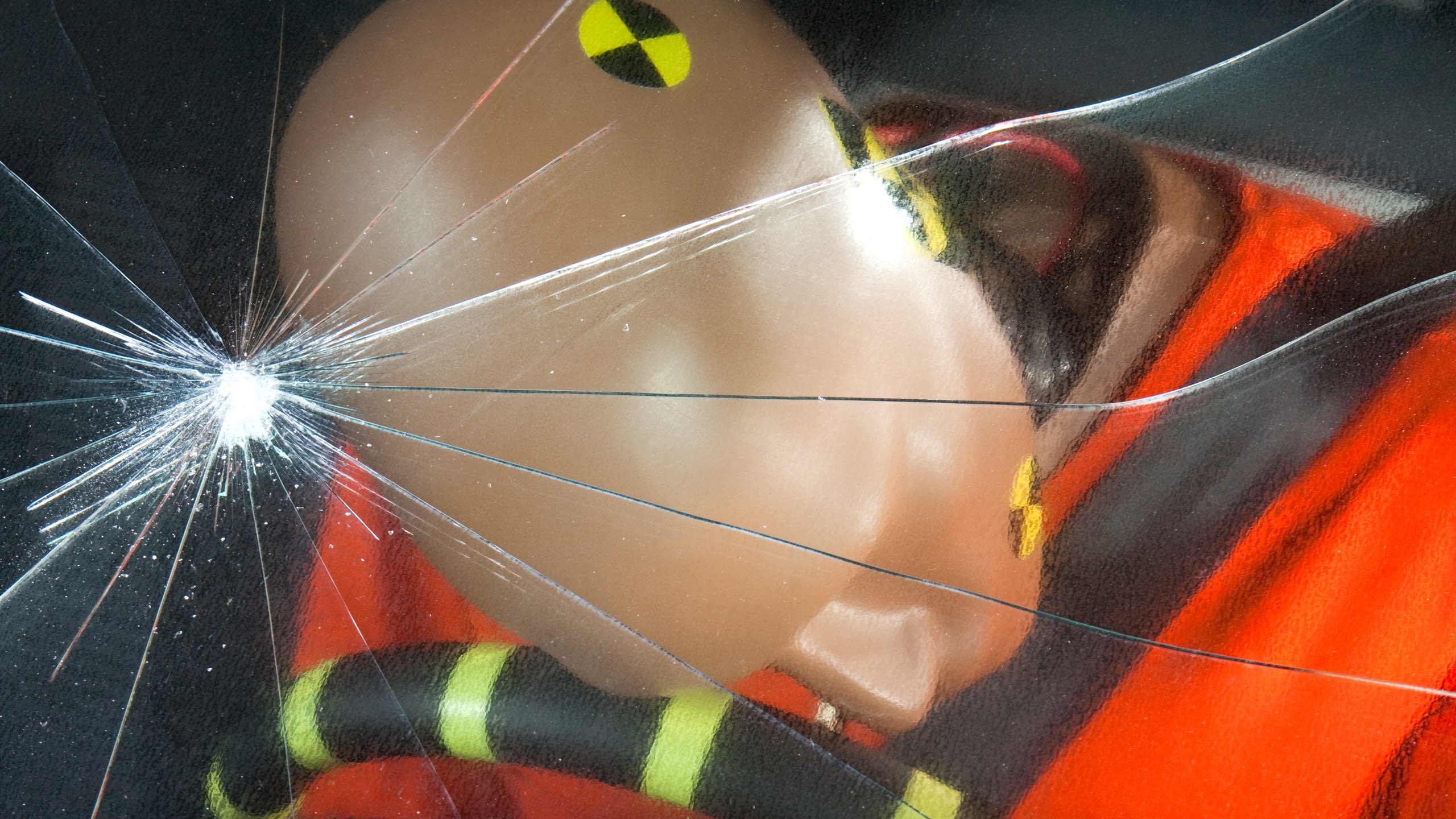
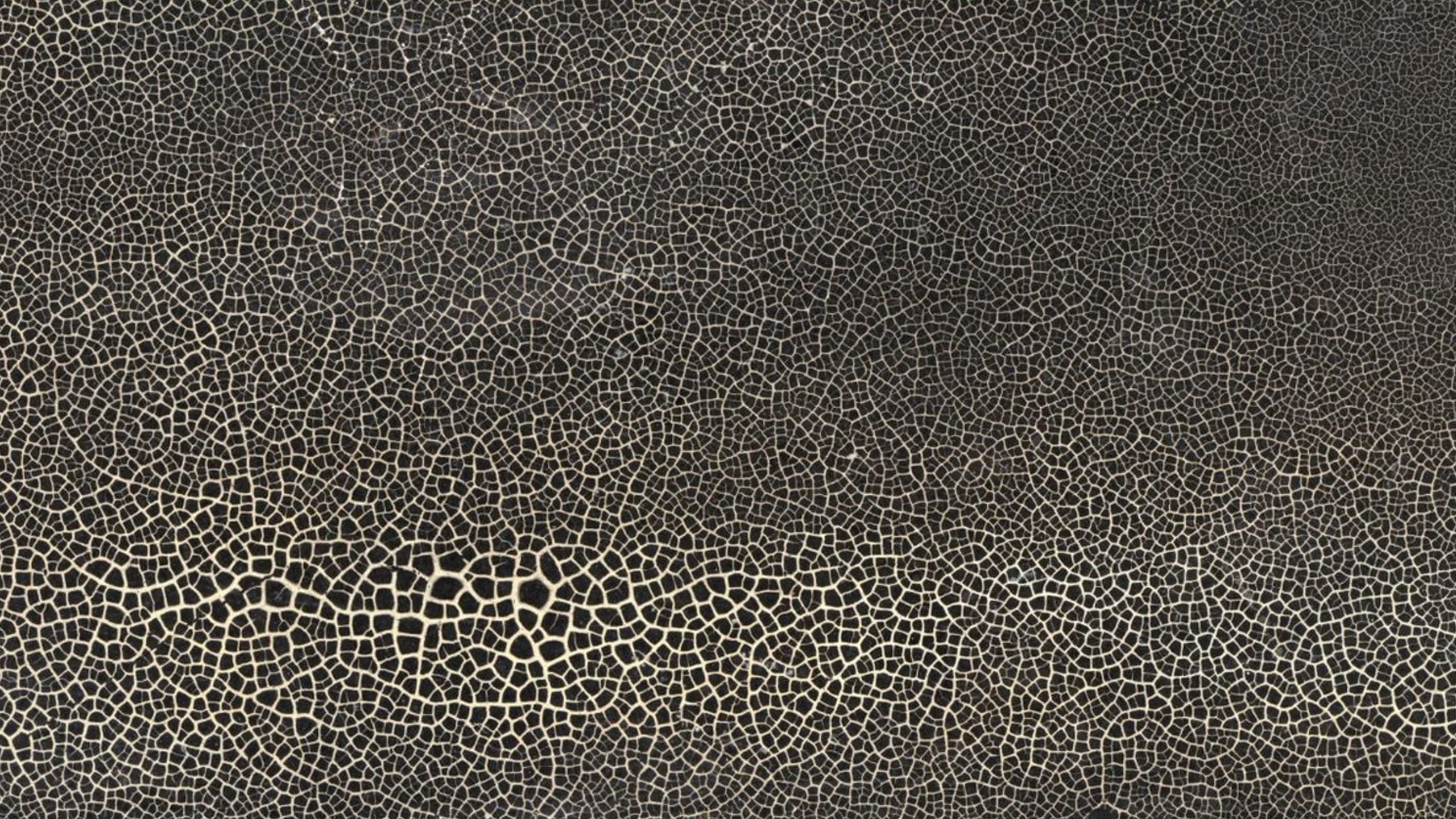
Water works
Around the world huge numbers of people rely on small drinking water supplies. Academics within the Centre for Environmental Health and Engineering (CEHE) are working with the World Health Organization (WHO) to ensure these most vital of supplies are kept safe.
What might sound like an issue that’s restricted to the developing world is actually far more widespread, with around a third of Europeans getting their household water from private wells or boreholes. Worldwide, diarrhoeal disease is the second largest contributor to global disease and almost 90 per cent of this can be attributed to unsafe water, inadequate sanitation and insufficient hygiene.
As a designated WHO Collaborating Centre for the Protection of Drinking Water and Human Health, Surrey is playing a leading role in improving the safety of small drinking water supplies.
Over the past few years researchers in CEHE have conducted studies into how supplies are kept safe, what checks are done on the water and – most importantly – how the resultant data is used. This research has contributed to revised WHO guidelines on water quality and health. The team has also developed films shared by WHO to help local communities using small water supplies to carry out their own risk assessments to identify potential hazards to the water supply.
Dr Kathy Pond, who leads this work, says: “We’re now looking more closely at the resilience of the infrastructure of the suppliers of water supplies, and the materials that are used. By examining these materials under lab conditions we can see how climates and overuse are impacting them and make recommendations on which materials might fare best under different conditions.”
Fighting natural disasters with natural solutions
Global warming is causing the two extremes of flood and drought, but researchers in Surrey’s Global Centre for Clean Air Research (GCARE) are helping to combat these hazards through natural solutions – with a particular focus on vulnerable communities.
Nature-based solutions involve activities such as protecting, restoring and improving natural habitats, and implementing new solutions (eg. planting specific types of vegetation) in order to combat societal challenges such as flood, landslides, heatwaves, drought and coastal erosion risks. The GCARE team was recently part of the four-year OPERANDUM project – involving 26 international partners from seven European and three non-European countries – which successfully demonstrated the benefits these solutions can bring in 10 open air laboratories.
Dr Sisay Debele, research fellow at GCARE, explains: “Having implemented solutions in our open-air laboratories in locations around Europe and elsewhere, we are now evaluating these solutions using numerical models and remote sensing (airborne or satellite) techniques, with promising results. In our open-air laboratory in Greece, the use of natural water retention measures and the restoration of an existing natural water retention measure which acts as the best solution to reduce flood and drought risks have proved to be effective. In Germany there’s been a reduction in flooding risk due to the replacement of mixed (riparian) forest with pasture land (animal grazing).”
Now the GCARE team is turning its attention to the ‘forgotten cities’ of England, Scotland and Wales which need the most support in adapting to climate change. The Centre is leading the UKRI-funded RECLAIM Network Plus for vulnerable and deprived smaller towns and cities. Typically, these areas lack funding or political visibility, so the network will act as a ‘one-stop shop’ to enable them to access all the information and support they need to install green and blue infrastructure.
Professor Prashant Kumar, founding director of the GCARE, says: “People living in deprived areas tend to suffer the most from air pollution and summer heatwaves, and don’t always have access to safe green areas near their homes. These cities want to create nature-based solutions like green roofs but don’t know where to start.”
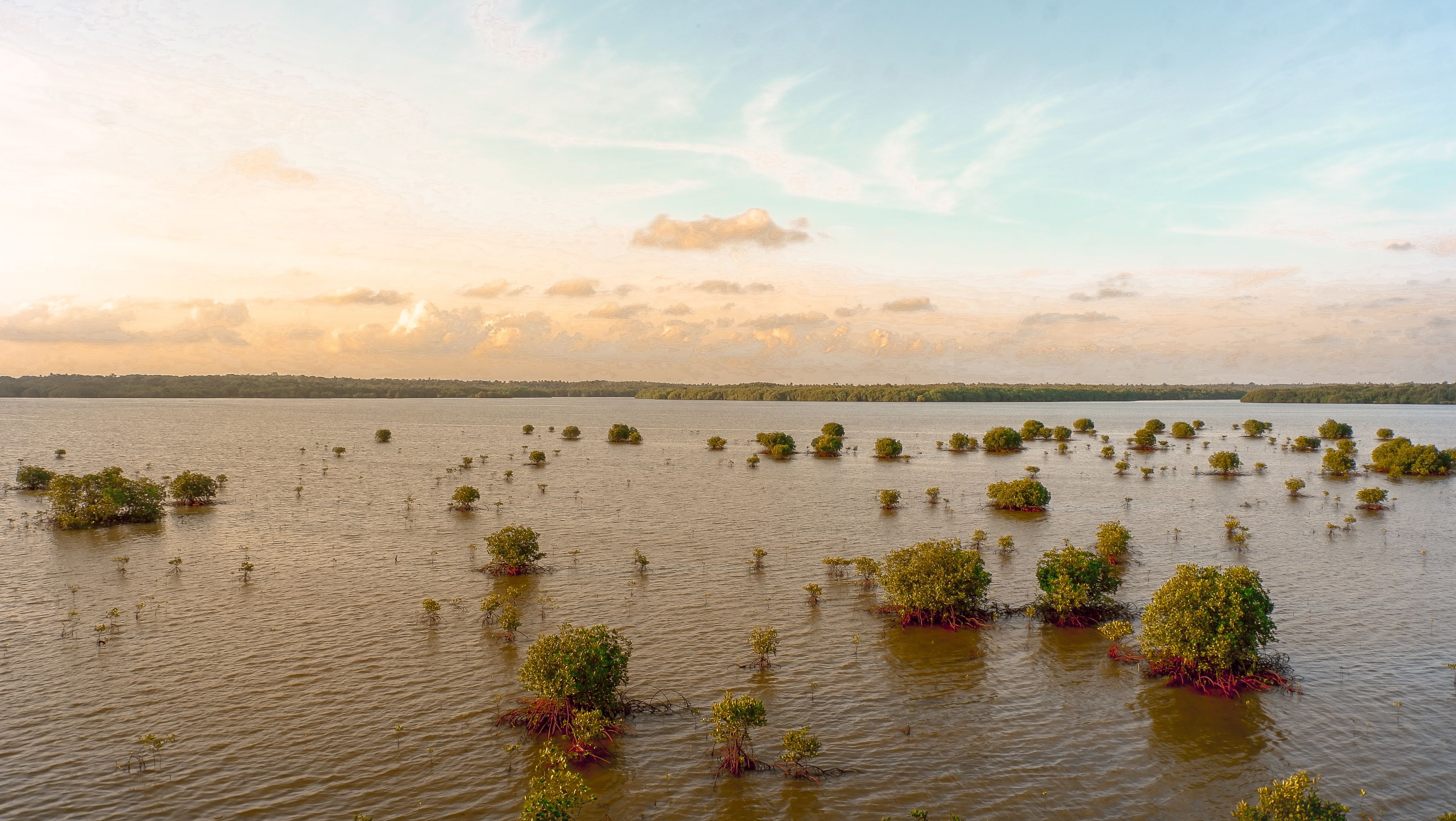
Photo: rachman reilli on Unsplash
Photo by rachman reilli on Unsplash
